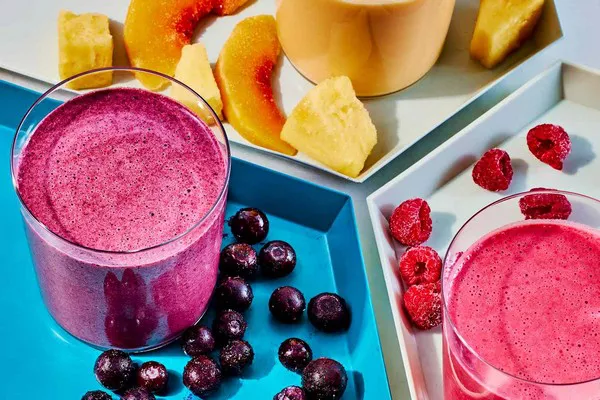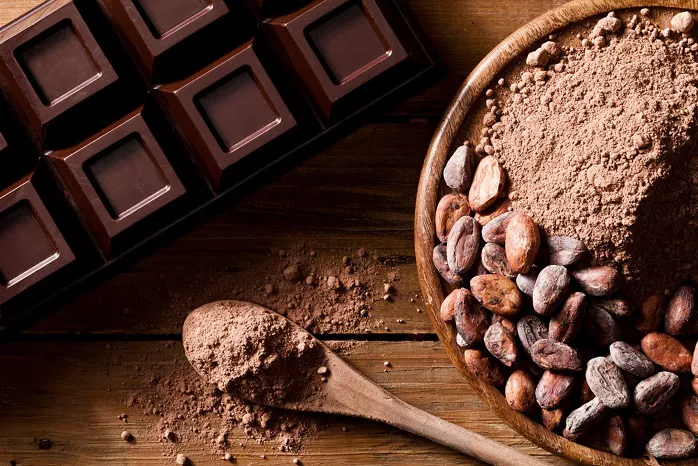Milo is a popular chocolate malt drink loved by many, especially in countries like Australia, Nigeria, and the Philippines. But if you’re out of cocoa powder, you may wonder, “Can I use Milo instead of cocoa powder?” The answer isn’t straightforward, as it depends on the recipe and what you’re aiming for. This article will explain everything you need to know about substituting Milo for cocoa powder.
What Is Milo?
Milo is a powdered beverage mix made with malted barley, milk solids, sugar, and cocoa. It is commonly mixed with milk or water to create a tasty, energy-rich drink. Its malty flavor sets it apart from pure cocoa powder, which contains only ground cocoa beans.
Milo is often fortified with vitamins and minerals, making it a popular choice for growing children. However, its additional ingredients, such as sugar and malt, mean it behaves differently in recipes compared to cocoa powder.
What Is Cocoa Powder?
Cocoa powder is made from roasted cacao beans. It has a deep chocolate flavor and is available in two main types: natural cocoa powder and Dutch-processed cocoa powder.
Natural cocoa powder is acidic and reacts with baking soda in recipes to create a leavening effect. Dutch-processed cocoa powder is treated to neutralize its acidity, making it darker and smoother.
Cocoa powder contains no added sugar or flavorings, making it a concentrated source of chocolate flavor.
Differences Between Milo and Cocoa Powder
Understanding the differences between Milo and cocoa powder is key to deciding whether Milo can replace cocoa powder in a recipe.
Flavor
- Milo: Sweet and malty, with less intense chocolate flavor.
- Cocoa powder: Rich, bold, and pure chocolate flavor.
Ingredients
- Milo: Contains sugar, milk solids, and malt in addition to cocoa.
- Cocoa powder: 100% cocoa with no additives.
Texture
- Milo: Slightly coarser due to added ingredients.
- Cocoa powder: Fine and powdery.
Sweetness
- Milo: Pre-sweetened.
- Cocoa powder: Unsweetened.
When Can You Use Milo Instead of Cocoa Powder?
Milo can work as a substitute for cocoa powder in some recipes, but not all. Here are scenarios where it may or may not be suitable.
Suitable for Drinks
If you’re making hot chocolate or a chocolate-flavored drink, Milo is an excellent substitute for cocoa powder. Its malty flavor can enhance the drink’s taste. Since it’s already sweetened, you may not need to add extra sugar.
To use Milo:
- Replace the cocoa powder with Milo in a 1:1 ratio.
- Adjust the sweetness by reducing or omitting sugar.
Baking Cakes and Muffins
Milo can be used in cakes, muffins, or cupcakes, but it will affect the flavor and texture. Because Milo has added sugar and milk solids, the baked goods may turn out sweeter and slightly denser.
To use Milo:
- Replace cocoa powder with Milo in a 1:1 ratio.
- Reduce the sugar in the recipe by about 25% to account for the sweetness in Milo.
- Be aware that the chocolate flavor will be milder.
Cookies
For cookies, Milo can work well if you’re okay with a softer chocolate flavor. The maltiness in Milo may add a unique twist to your cookies.
To use Milo:
- Substitute it in equal amounts for cocoa powder.
- Reduce added sugar to prevent the cookies from being overly sweet.
Frosting and Icing
Milo is less ideal for frosting or icing because it doesn’t provide the strong chocolate flavor that cocoa powder does. However, you can use it if you prefer a milder, sweeter frosting.
To use Milo:
- Use it in the same amount as cocoa powder.
- Adjust the sugar and liquid in the recipe to achieve the desired consistency.
Chocolate Sauces
Milo can substitute cocoa powder in chocolate sauces, but the final product will be sweeter and less rich.
To use Milo:
- Start with less sugar or omit it entirely.
- Add more Milo if the sauce lacks flavor, but this may thicken the mixture, requiring more liquid.
When Should You Avoid Using Milo?
While Milo works in some recipes, there are times when it’s not a good choice.
Rich Chocolate Desserts: Recipes like brownies or chocolate truffles rely on the deep, intense flavor of cocoa powder. Using Milo will result in a milder flavor that may not satisfy chocolate lovers.
Unsweetened Recipes: If the recipe doesn’t call for sugar, using Milo can throw off the balance of flavors.
Dietary Restrictions: If you’re watching your sugar or carbohydrate intake, Milo may not be suitable due to its added sugar.
Leavening Reactions: Recipes using natural cocoa powder often rely on its acidity to react with baking soda. Since Milo is less acidic, it may not work as intended in such recipes.
Tips for Substituting Milo
If you decide to use Milo instead of cocoa powder, here are some tips to get the best results.
Taste Test the Batter or Mixture: Since Milo is sweeter, taste your mixture before adding extra sugar.
Adjust Liquids: Milo’s milk solids can slightly thicken batters or sauces. You may need to add a little extra liquid.
Boost Chocolate Flavor: If you want a stronger chocolate taste, consider adding a small amount of melted chocolate or chocolate chips to your recipe.
Experiment in Small Batches: If you’re unsure how Milo will affect a recipe, try it out in a smaller portion first.
Conclusion
You can use Milo instead of cocoa powder in many recipes, especially drinks, cakes, cookies, and sauces. However, it’s not a perfect substitute. Milo’s added ingredients make it sweeter and less chocolatey, so adjustments are often necessary.
For recipes that require the rich, bold flavor of pure cocoa, stick to cocoa powder. But for a fun twist or when you’re in a pinch, Milo can be a delightful alternative.
Experiment with substitutions and enjoy the unique flavor Milo brings to your dishes!
Related topics:

























